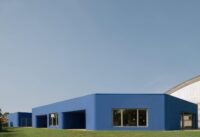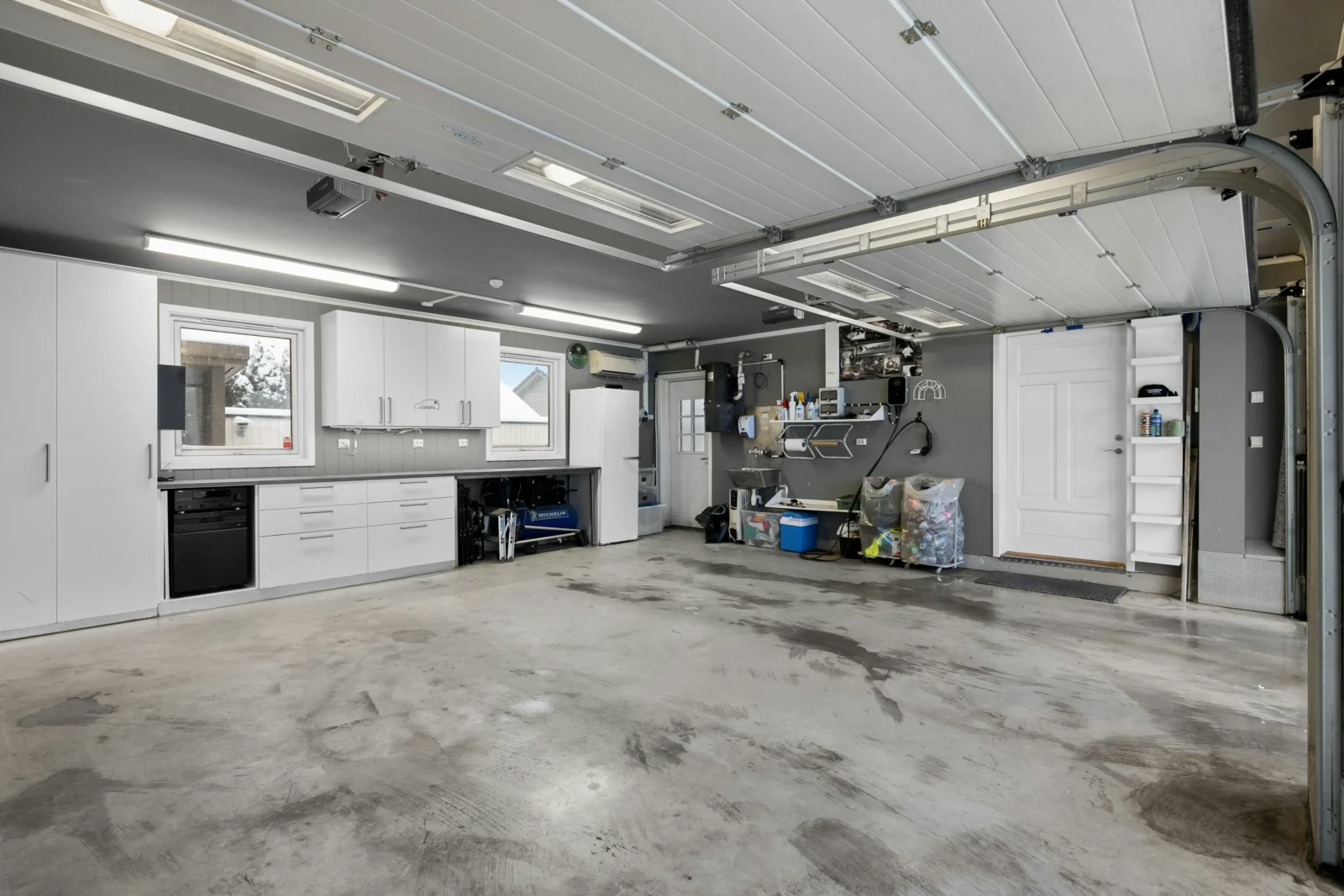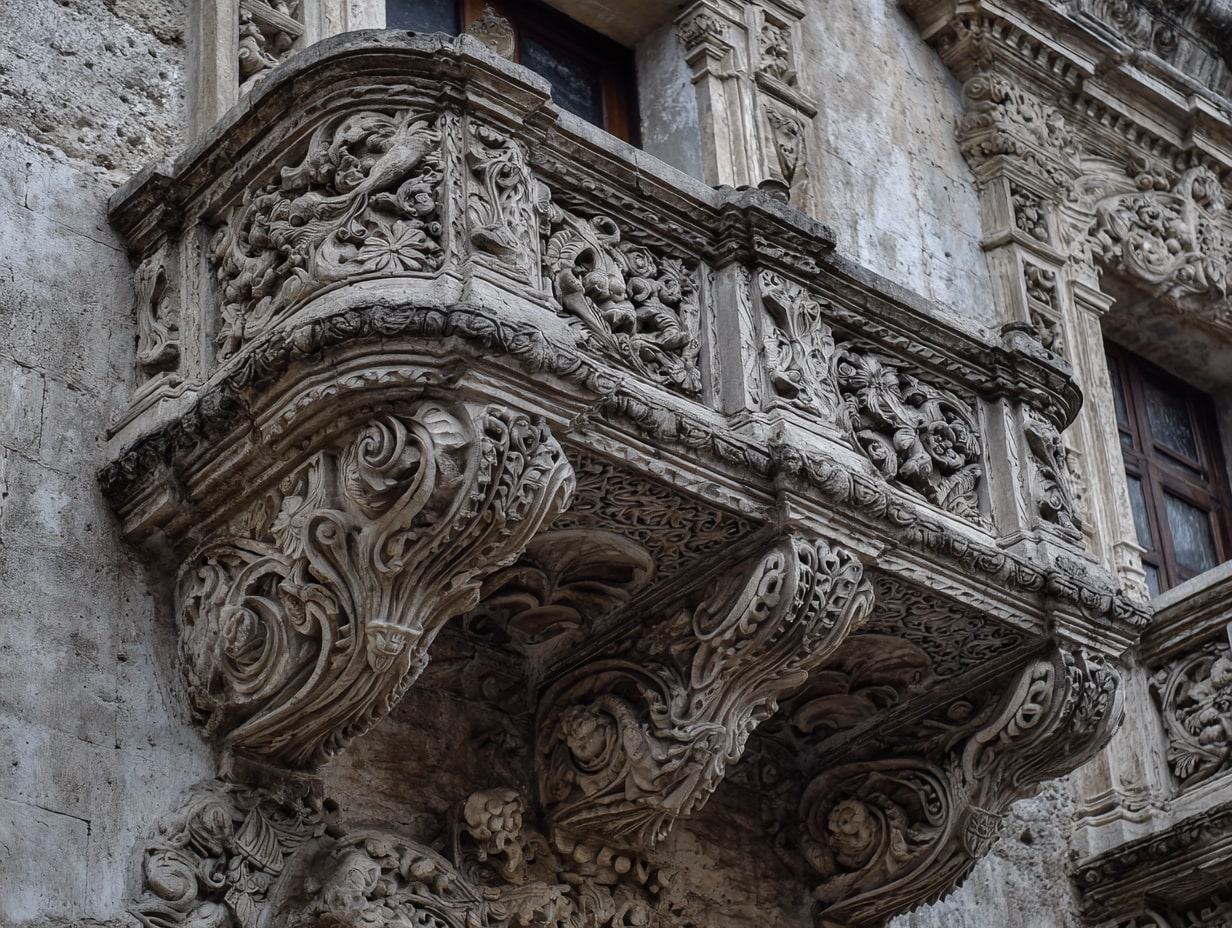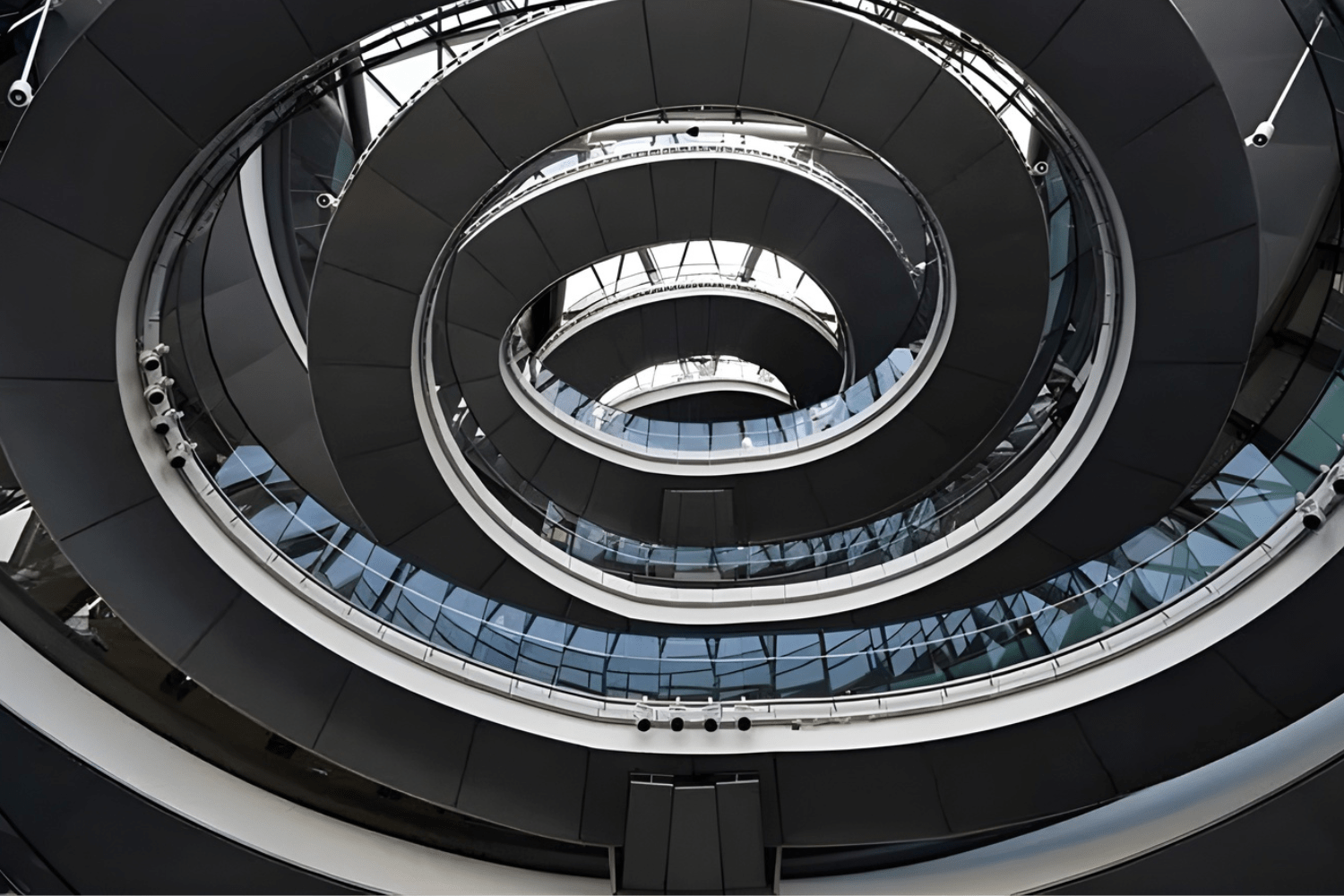- Home
- Articles
- Architectural Portfolio
- Architectral Presentation
- Inspirational Stories
- Architecture News
- Visualization
- BIM Industry
- Facade Design
- Parametric Design
- Career
- Landscape Architecture
- Construction
- Artificial Intelligence
- Sketching
- Design Softwares
- Diagrams
- Writing
- Architectural Tips
- Sustainability
- Courses
- Concept
- Technology
- History & Heritage
- Future of Architecture
- Guides & How-To
- Art & Culture
- Projects
- Interior Design
- Competitions
- Jobs
- Store
- Tools
- More
- Home
- Articles
- Architectural Portfolio
- Architectral Presentation
- Inspirational Stories
- Architecture News
- Visualization
- BIM Industry
- Facade Design
- Parametric Design
- Career
- Landscape Architecture
- Construction
- Artificial Intelligence
- Sketching
- Design Softwares
- Diagrams
- Writing
- Architectural Tips
- Sustainability
- Courses
- Concept
- Technology
- History & Heritage
- Future of Architecture
- Guides & How-To
- Art & Culture
- Projects
- Interior Design
- Competitions
- Jobs
- Store
- Tools
- More
The Right Entryway: Matching Doors to Commercial Spaces

A commercial door is rarely just an entrance. It functions as a security officer, a climate regulator, a brand ambassador, and a traffic manager all at once. Selecting the correct one requires looking past aesthetics to the core demands of the space it serves. The wrong choice can lead to soaring energy bills, security breaches, constant maintenance, and a poor impression on everyone who walks through it. Your door is a critical piece of infrastructure, and its specification should be a deliberate decision based on performance, safety, and the daily reality of your business operations.
Table of Contents
ToggleUnderstanding Core Performance Requirements
Before considering style, define the door’s job description. How many people will pass through it every hour? A busy retail store demands a different solution than a secure server room. What are the environmental conditions? A restaurant kitchen entrance must withstand heat, humidity, and rigorous cleaning, while an exterior door in a cold climate needs superior thermal insulation. Security needs vary dramatically; a corporate office lobby requires a different level of access control than a warehouse loading bay. Consulting with experts like Dasco Entrance Technology can help clarify these performance tiers, ensuring the product matches the operational pressure it will face daily.

High-Traffic Public Entrances
Spaces like shopping centers, hotels, and main office lobbies see a constant flow of people. Here, durability and ease of use are paramount. Automatic sliding doors are an excellent choice, providing effortless access that improves customer experience and supports accessibility. Revolving doors offer exceptional energy efficiency for large atriums, creating an airlock that minimizes the exchange of indoor and outdoor air. For heavy but manual applications, robust aluminum and glass entrance systems with sturdy hardware can withstand millions of cycles while maintaining a modern, welcoming appearance.
Security-Sensitive and Restricted Areas
For environments where controlling access is the top priority, the door becomes a physical and technological barrier. Data centers, financial vaults, and pharmaceutical storage rooms need doors constructed from heavy-gauge steel with multi-point locking systems. Integrating these doors with electronic access control, such as keycard readers or biometric scanners, is essential. In many cases, a mantrap (a two-door interlocked portal) is necessary to ensure only one individual can pass through at a time, providing the highest level of authorization verification.
Industrial and Harsh Environments
Warehouses, manufacturing plants, and loading docks present the toughest challenges. Doors here must endure impact from forklifts, exposure to the elements, and constant opening and closing. Insulated sectional overhead doors are the standard for vehicle access, offering strength and thermal efficiency. For high-traffic personnel doorways in these areas, impact-resistant fiberglass or steel doors with rugged hardware are necessary. Speed is also a factor; rapid-roll doors can open and close in seconds, maintaining temperature control and improving logistical efficiency in busy areas.

Specialized Applications
Some premises have unique demands that call for specialized door solutions. In hospitals and clinics, infection control is critical. Smooth, non-porous surfaces and hands-free automatic operation minimize the risk of pathogen transmission. For sound-sensitive areas like recording studios, conference rooms, or theaters, acoustically-rated doors are required to block noise. Fire-rated doors, a legal requirement in specific locations and for certain room types, are designed to compartmentalize smoke and flames, providing vital time for evacuation and protecting property.
Choosing a commercial door is an exercise in matching form to function under pressure. It requires a clear-eyed assessment of traffic patterns, security threats, environmental conditions, and regulatory obligations. By prioritizing these operational demands, you select more than just a door; you install a reliable, high-performing component that will safeguard your assets, support your staff, and serve your customers effectively for years to come. The right door doesn’t just open and close, it works.
illustrarch is your daily dose of architecture. Leading community designed for all lovers of illustration and #drawing.
Submit your architectural projects
Follow these steps for submission your project. Submission FormLatest Posts
Are Organic Bamboo Sheets Worth the Investment?
When it comes to getting a good night’s sleep, the quality of...
Converting Garages to Living Spaces: Structural Changes That Require Professional Engineering
When considering a garage conversion to extend your home’s living space, understanding...
A Beginner’s Guide to Architectural Details
Architectural details explained for beginners: clear terms, key joints, proportions, climate-smart specs,...
5 Must-Visit Structures by Norman Foster
Explore five must-visit structures by Norman Foster, showcasing iconic works that combine...












Leave a comment